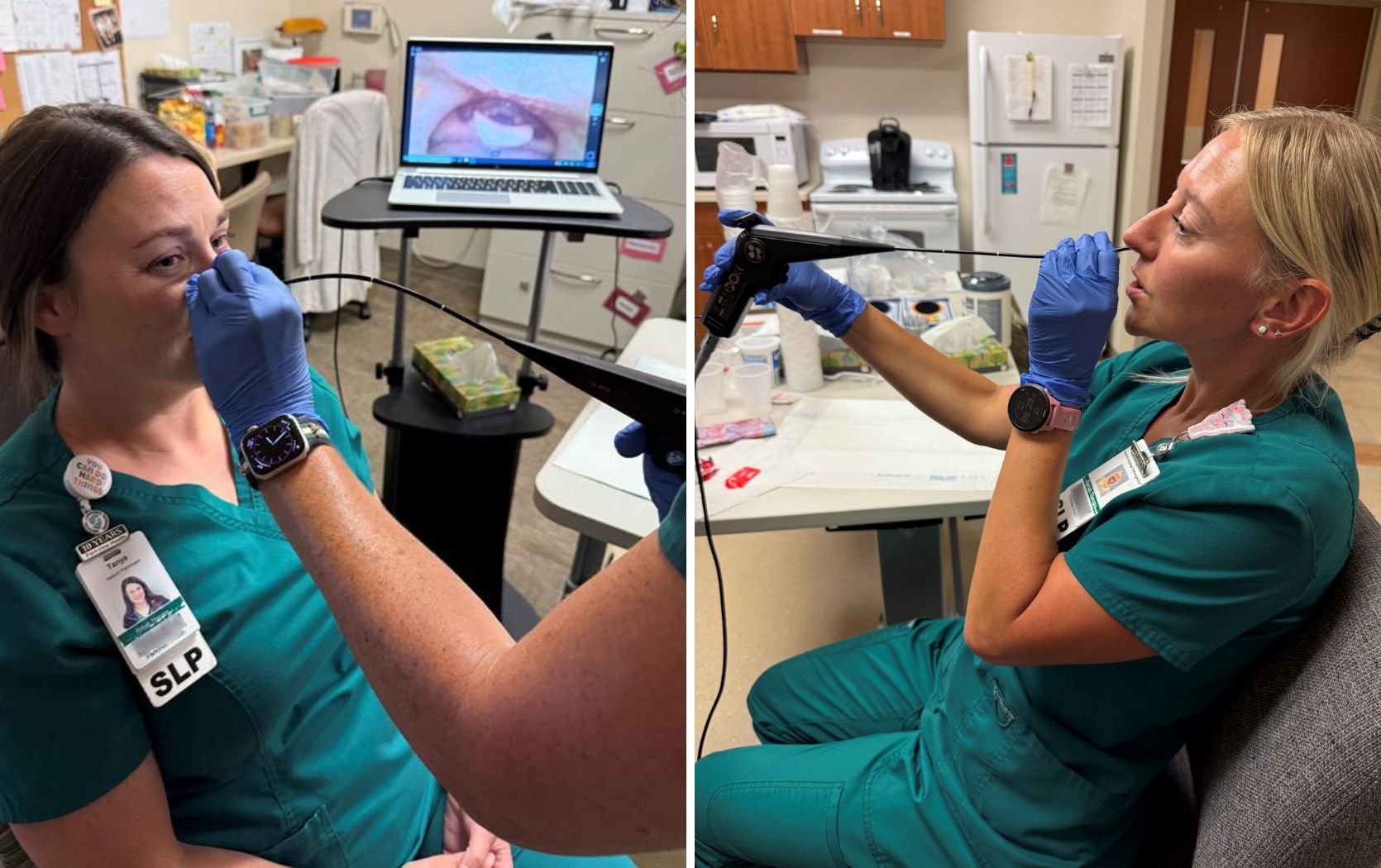
June is National Men’s Health Month, making it the perfect time to learn more about topics that could be affecting your health — including low testosterone. According to the UW School of Medicine and Public Health, nearly 39% of men ages 45 years and older have low testosterone, and the prevalence grows with age. Estimates show that it affects 12% of men in their 50s, 19% in their 60s, 28% in their 70s, and 49% in their 80s. Let’s take a deeper dive into this condition and the treatment options.
What is testosterone?
Testosterone is one of the hormones needed for sexual development. Although it’s present in everyone, it’s mostly made in the testicles, which are part of the male reproductive system. Because of this, testosterone is considered an androgen, or a male sex hormone.
Testosterone helps strengthen bones and muscles. During male puberty, testosterone signals the body to lower the voice, grow facial hair and develop male sexual characteristics. It is also one of the hormones needed by the testicles to make sperm.
In addition to naturally occurring testosterone, this hormone can also be made in a lab as a medicine. It’s often prescribed by doctors to treat medical conditions, such as when a person's natural level of testosterone is too low, or for gender-affirming care.
What is considered low testosterone?
Low testosterone, also called testosterone deficiency or hypogonadism, is a condition in which men don’t produce enough of the hormone. Low levels of testosterone in men can lead to a number of health problems related to sex drive, mood or changes in physical appearance. Some symptoms include:
- Lower sex drive
- Erection difficulties
- Loss of body hair
- Very small testicles
- Fertility problems
- Breast discomfort or enlarged breasts
- Hot flashes
- Loss of height
- Weakened bones
- Less energy
What causes low testosterone?
Testosterone production typically decreases as a person ages. The older you are, the more likely you’ll experience symptoms of low testosterone. However, it’s not a condition that only affects older men. Other possible causes include:
- Injury to the testicles
- Surgery or radiation treatment in the groin area
- Certain medications
- Long-term medical conditions, such as kidney disease, liver disease or obesity
- Problems related to the pituitary gland or hypothalamus
A blood test is usually performed to find out if you have low testosterone. If your doctor thinks low testosterone could be related to another medical problem, other tests may be done as well.
How is low testosterone treated?
If your doctor has determined that you’re experiencing low testosterone and could benefit from treatment, he or she will recommend a plan based on the cause of your condition.
Low testosterone that causes symptoms is usually treated with testosterone replacement therapy (TRT). This treatment is used to help restore the levels of testosterone in your blood and, in turn, reverse your symptoms. TRT is administered in a variety of ways such as an injection, a patch or gel on the skin, or a tablet you place between your cheek and gums.
Testosterone replacement may improve your sexual desire, increase your muscle mass and help prevent bone loss. Many men with low testosterone levels report that they feel better and have more energy while on treatment.
If you feel you may be suffering from low testosterone, contact your healthcare provider to discuss your options. If you're interested in establishing care with a Parkview provider, call our 24/7 scheduling center at 877-PPG-TODAY or visit parkview.com/findcare.
Copyrighted material adapted with permission from Healthwise, Incorporated. This information does not replace the advice of a doctor.



